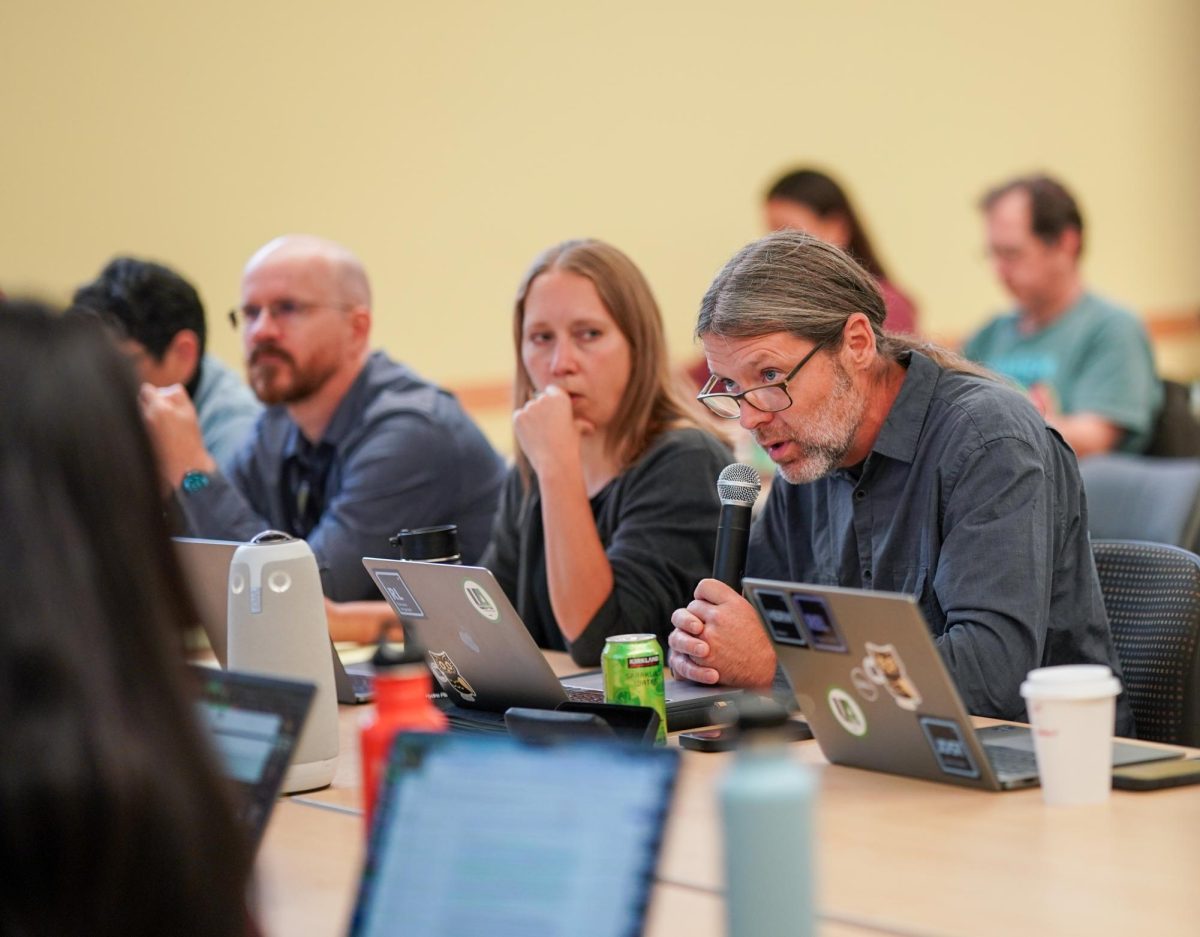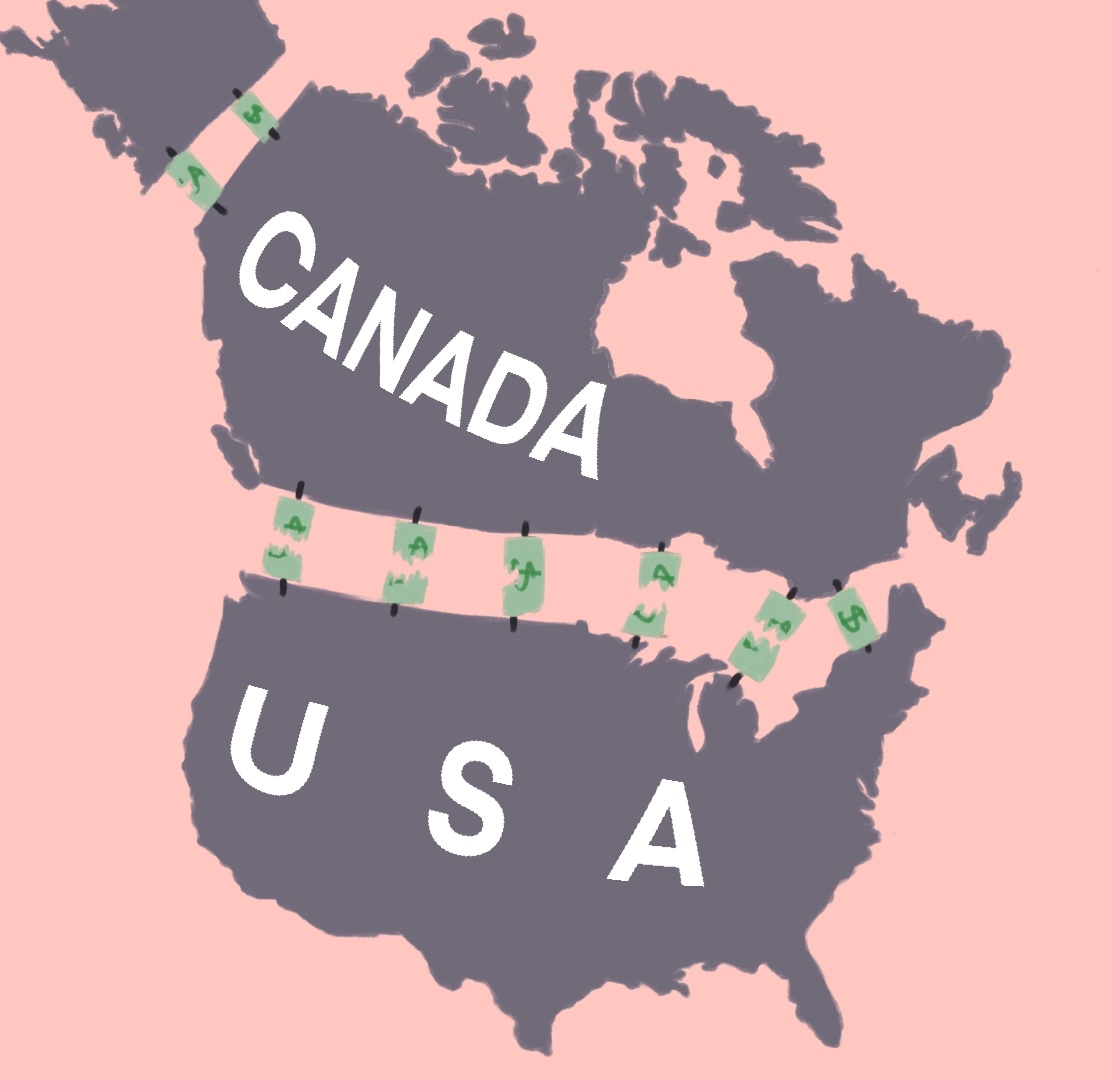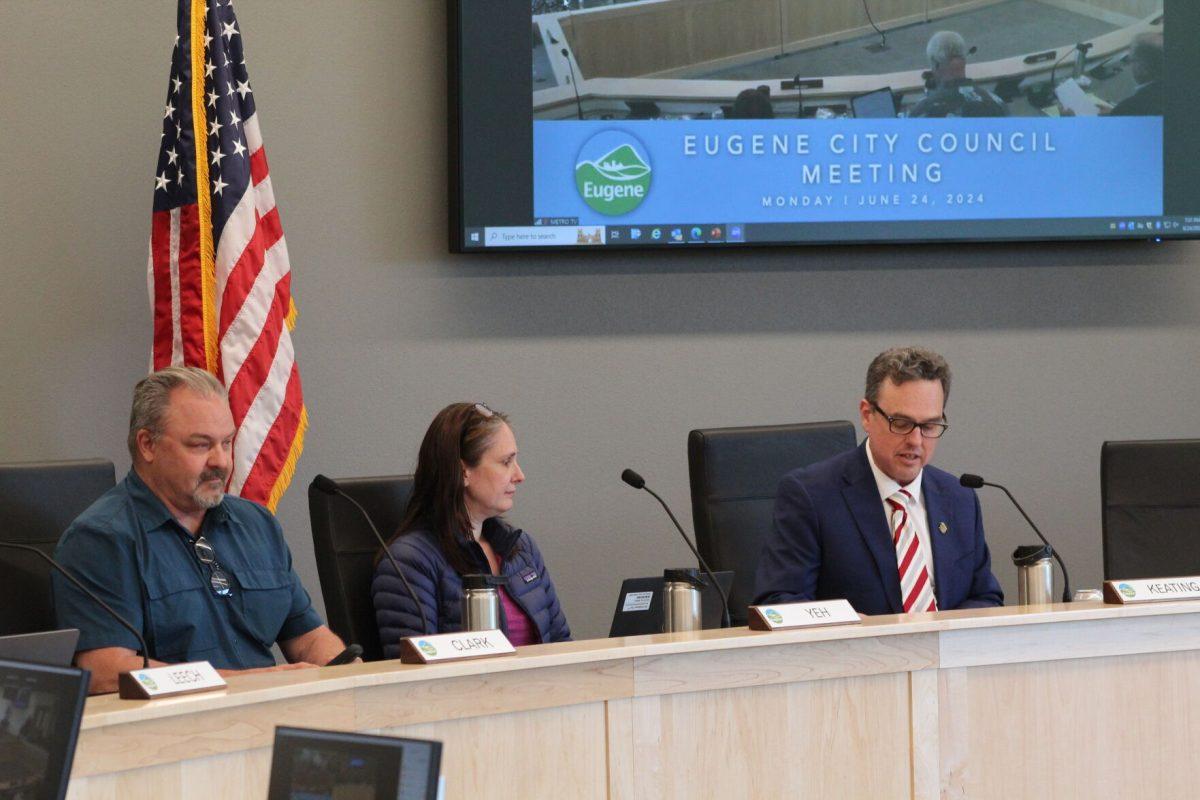The Oregon government deemed its 174,000 farmworkers “essential” in May 2020, but researchers found they were not treated as such throughout the COVID-19 pandemic. The survey results are in: The pandemic’s impact on farmworkers is “far-reaching and long term,” according to the Oregon COVID-19 Farmworker Study, and it’s time for lawmakers to recognize them.
Three Oregon universities and 11 community-based organizations came together to gather data from 300 farmworkers across the state. COFS is the first study of its kind in terms of collaboration and breadth of content, Ron Mize, study co-author and professor of language, culture and society at Oregon State University, said. He said Oregon universities and CBOs have never come together in this way.
“I don’t think we knew the intricacies and the ins and outs of how a pandemic would add that extra layer of inequity that we already knew was there for the farmworker population,” Mize said. “I think it’s a lesson that is still being learned.”
No escape
Oregon farmworkers reported a strong awareness of safety measures necessary to prevent the spread of COVID-19, according to the COFS, including frequent handwashing and wearing a mask, but they couldn’t always practice these measures at work.
The majority of farmworkers reported some changes in workplace operations, but 30% reported their employers required them to be closer than six feet apart from one another. 19% reported their employers did not provide them with masks.
“We can’t maintain distance because, when we pack the flowers, the conveyor belt runs very fast, and we need the help of other people,” one nursery farmer from Woodburn told researchers.
Over 55% of farmworkers said they or people they know were infected by COVID-19. Comparatively, Oregon’s cumulative case count — the number of probable and confirmed cases since the start of the pandemic — represents about 8% of the state population.
When they were infected, farmworkers faced additional barriers in healthcare due to preexisting issues. About 37% of those surveyed were tested for COVID-19, citing lack of access — most who were tested went to known, local clinics — and fear of lost wages as testing barriers. Farmworkers also reported less access to vaccinations, as some clinics require U.S. identification and some farmworkers are undocumented, Mize said.
A pandemic, plus …
Lynn Stephen, COFS co-author and University of Oregon professor of anthropology, said COVID-19 was a “magnifying glass” for existing issues.
A quarter of the farmworkers surveyed identify as Indigenous, and 17% of them speak indigenous languages, but resources — COVID-19 or otherwise — are not always offered in farmworkers’ preferred language. This can lead to gaps in understanding for Indigenous farmworkers, she said.
Women also experience particular struggles within the farmworking community. Women represent 32% of all occupations in agriculture and a quarter of farm laborers, according to COFS. While 77% of all farmworkers reported loss of work and income, women reported losing months of work much more often than men (78% of women versus 28% of men lost months of work), and nearly half of farmworkers were unaware of relief funds available to them.
The lost work could be due to lack of childcare during the pandemic, the study found. In the home, the children of farmworkers also struggled to learn online, and children and adults alike struggled with mental health.
Problems like healthcare access and understanding of resources are always present, Mize said, but COVID-19 has underscored them. “Every problem that has presented itself has been there before COVID,” he said.
Seven in 10 respondents reported symptoms of stress or other mental health concerns, including tiredness, frustration, anger, depression, headaches and fear — but 82% reported they had no access to mental health services.
On top of COVID-19, Stephen said farmworkers could be stressed about family and community members abroad, as 85% of farmworkers send remittances to loved ones around the world, and lost wages could add to this stress.
“We think about [farmworkers] as individuals, but … folks have all of these relationships and connections across national borders and other kinds of borders,” Stephen said. “I think it really made it clear how connected people are, how important their families are to them and how they support different people in different places.”
Coming together
Jennifer Martinez, a doctoral candidate at Portland State University who spearheaded the study, said a primary goal was to “see farmworkers in a full light,” looking at farmworkers not as workers, but as people. In asking about home life, family and mental health, Martinez hoped the survey would detail “the intersections of all of the systems and how they impact one person and their lived multitudes.”
Martinez received an email from the California Institute for Rural Studies in March of 2020 detailing the survey plans. While California aimed to move quickly and get data out as soon as possible, Martinez said, in Oregon, she and her team took CIRS’s framework and expanded it.
She reached out to researchers and CBOs — with the recognition that community organizations were already working hard to assist farmworkers during the pandemic — and detailed a plan for collaboration and compensation.
Together, the team decided to add questions to the survey regarding the specific region and language farmworkers are tied to, indigeneity and mental health.
Mize and Martinez said building on the work and trust that CBOs have created over the years and treating the study as a partnership was essential to its success.
“Health promoters that work for community based organizations know that, hierarchy-wise in a nonprofit, they’re down towards the bottom,” Mize said. “But the reality is they’re the people that farmworkers trust. They’re the people, almost always women, who are in farmworker communities at the schools and houses, at the health care clinics, all of those places where farmworkers see a community based organization, they see that person. And that’s who we worked with.”
COFS compensated partners for their work in kind, a component Martinez said was key to earning CBOs trust, and the 300 farmworkers who responded to the survey received $50, distributed according to the local CBO’s method of choice.
What’s next?
The study lists 15 recommendations for action centered around reducing the barriers to information and resources that farmworkers experience. The final recommendation is to “establish a center for farmworker research that is rooted in community-based and collaborative research that can continue the effort of this study.”
This first report is focused on data and metrics, Martinez said, in the hopes of broadening communal understanding of farmworker struggles as well as catching lawmakers’ attention.
Over 200 people came to the first press conference last September, including county commissioners and other policy-makers, Stephen said. Since then, COFS has been in contact with OHA, Oregon Gov. Kate Brown and U.S. Secretary of Labor Marty Walsh, she said.
This group will continue the research moving into phase two, which includes approximately 50 qualitative interviews, as well as podcasts in Spanish and Mesoamerican languages to get the results back to farmworkers.
“Here, we really want to tell people and illustrate to people how these statistics impact one person,” Martinez said.
COFS is seeking support from the Ford Family Foundation and other organizations for this next phase and hopes to have a second report by the end of the year.
“If you’re a human being and you put food in your mouth, you should care,” Mize said.




















